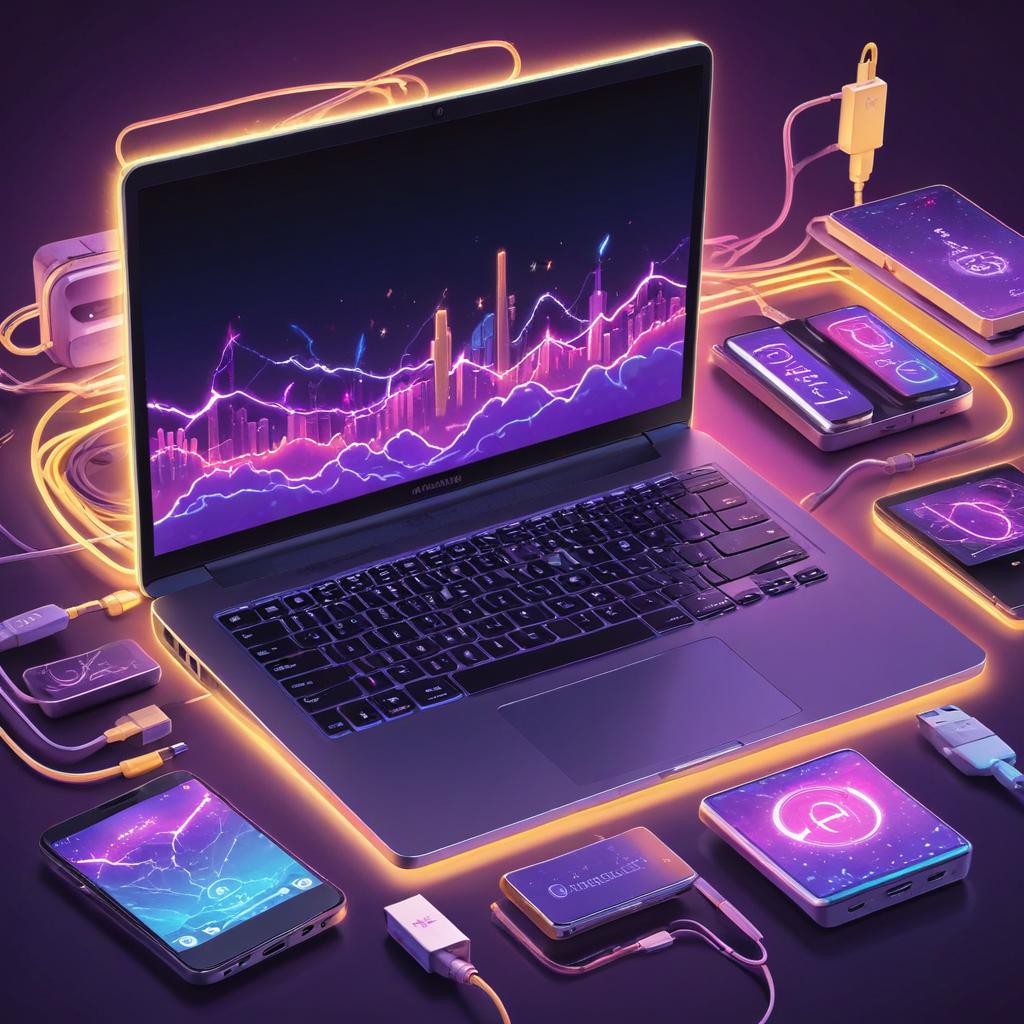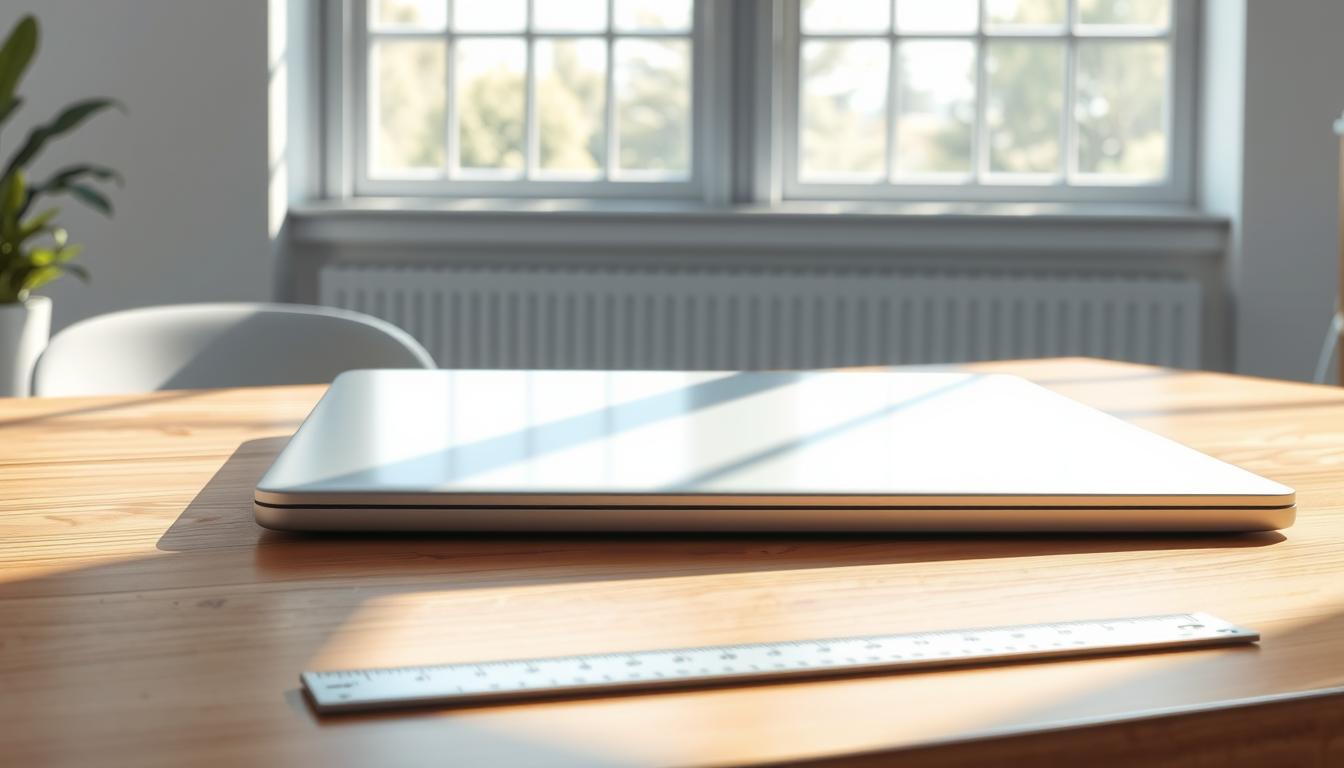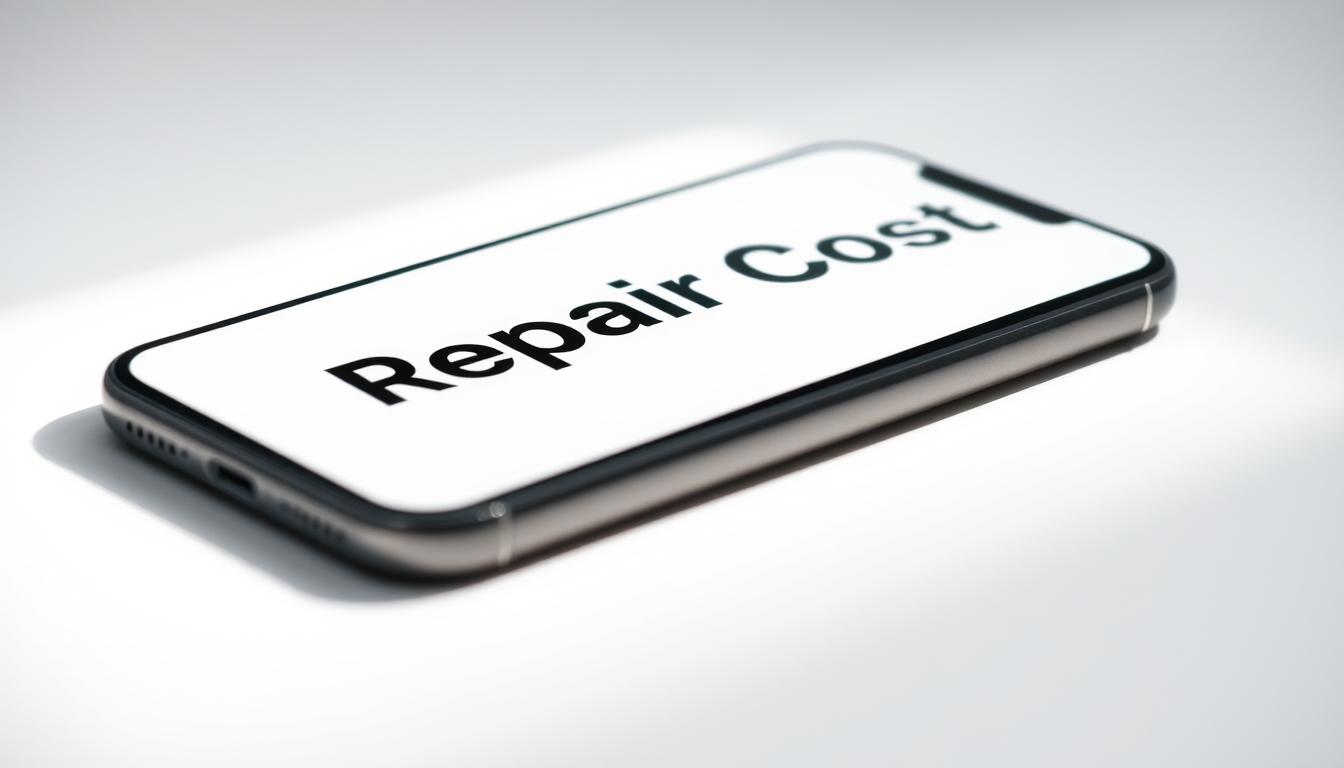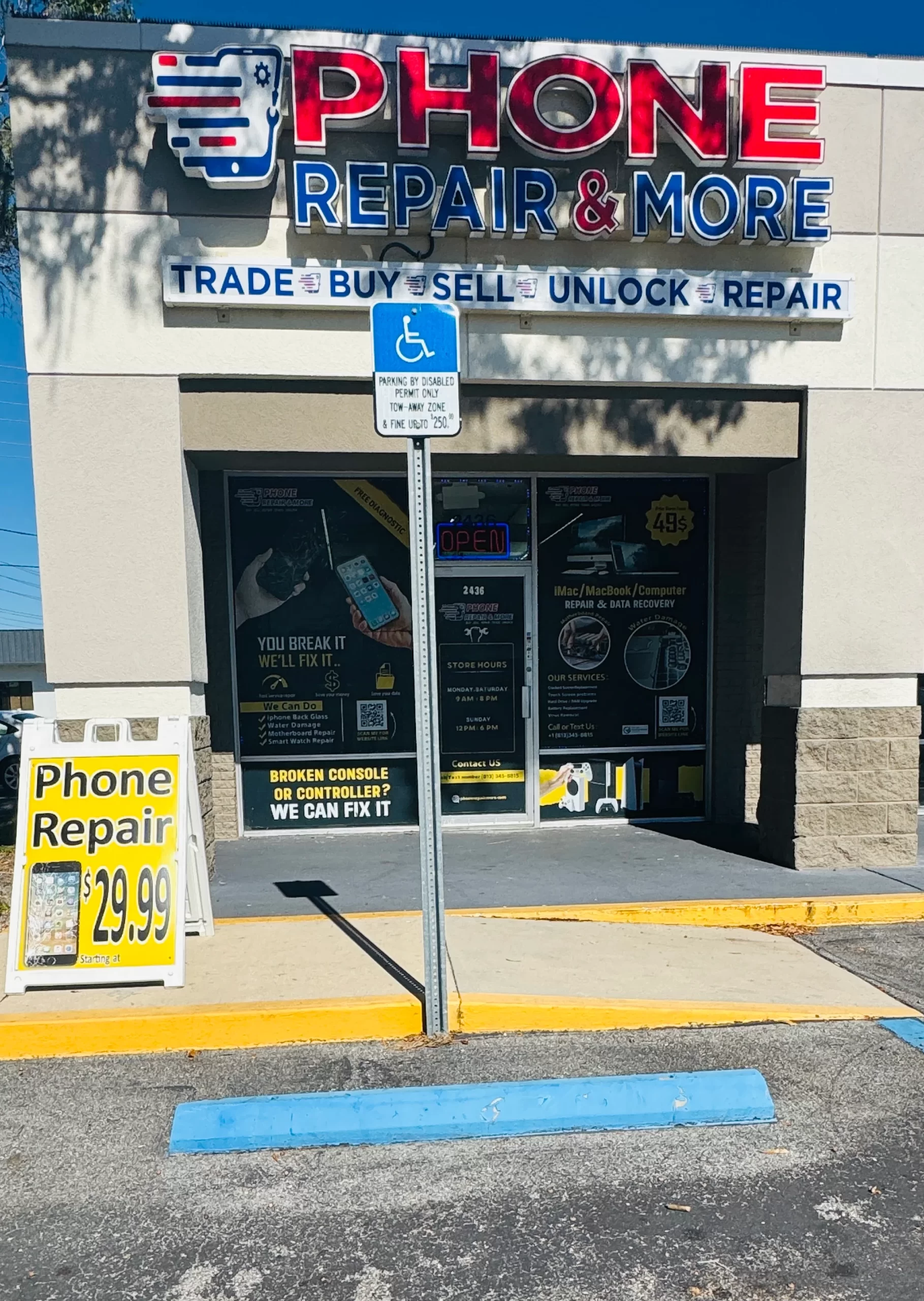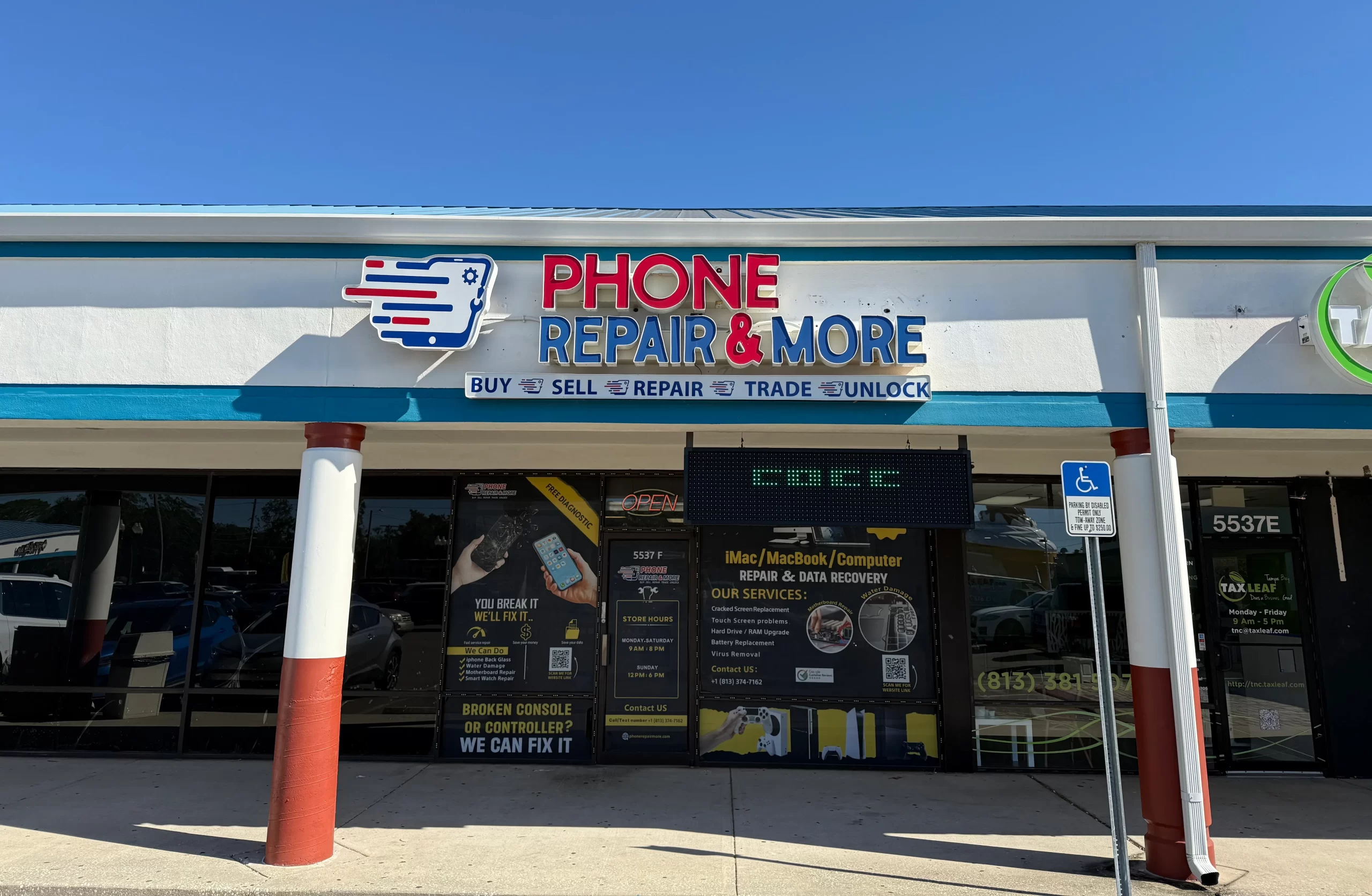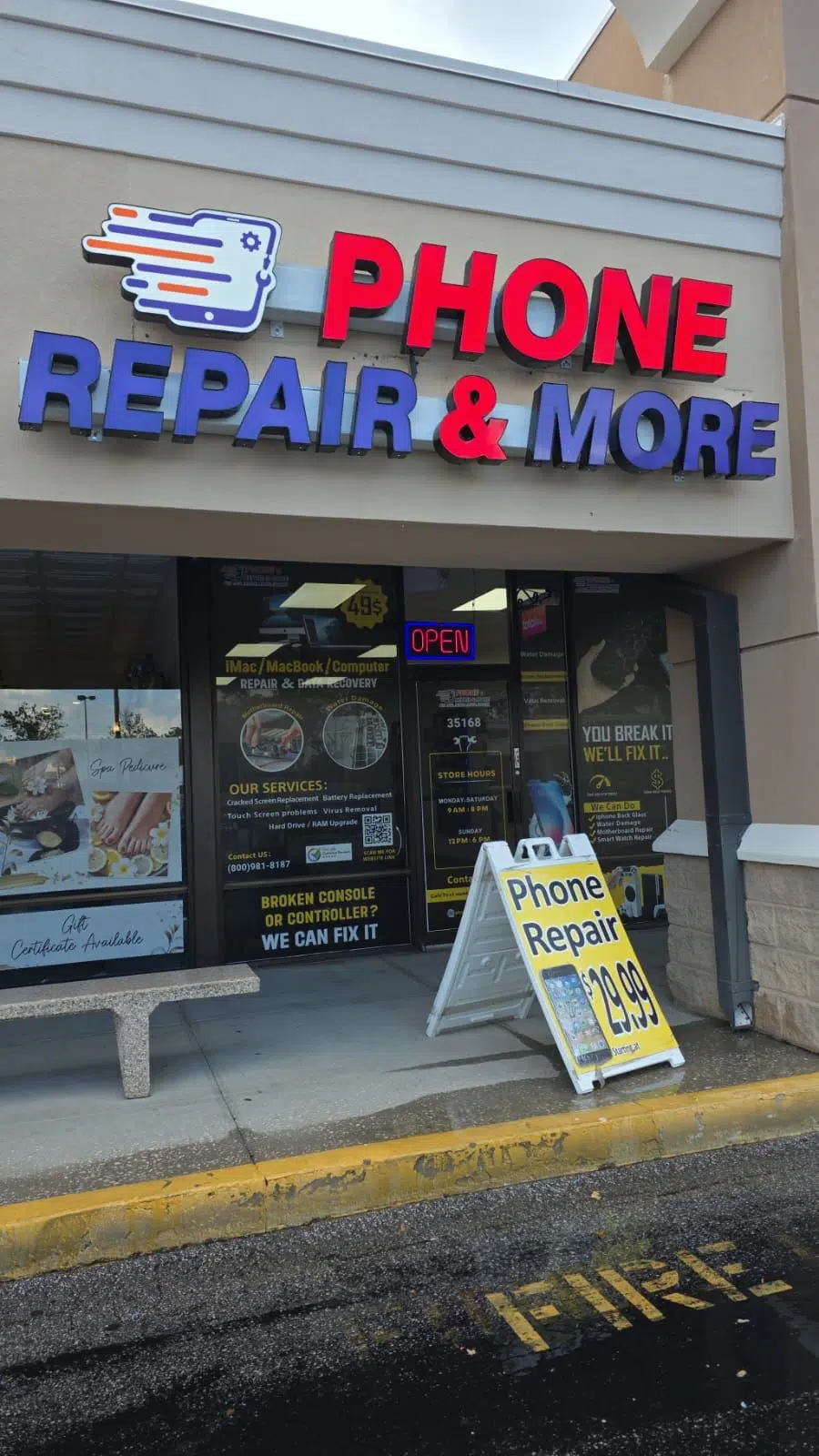Introduction
Laptops have become indispensable tools for both personal and professional use, and keeping them charged is essential for uninterrupted work and entertainment. With the variety of ports available on modern laptops, some users wonder whether it’s possible to charge a laptop using an HDMI cable. This article explores the feasibility of charging a laptop with HDMI, the limitations of this method, and the best practices for keeping your laptop powered up.
Table Of Contents
- Understanding HDMI And Its Functions
- Why HDMI Can’t Charge Your Laptop
- Alternative Methods For Charging Your Laptop
- Best Practices For Laptop Charging
- Frequently Asked Questions (FAQs)
- Conclusion
Understanding HDMI And Its Functions
What Is HDMI?
HDMI (High-Definition Multimedia Interface) is a standard for transmitting high-definition video and audio from one device to another. It is commonly used to connect laptops to monitors, TVs, and projectors. HDMI cables are designed to carry audio and video signals, allowing users to display content from their laptop on a larger screen or external display.
The Purpose Of HDMI Ports
HDMI ports are primarily intended for data transfer, not for delivering power. They provide a way to transmit uncompressed video and audio signals between devices, ensuring high-quality playback on external screens. Unlike USB or dedicated charging ports, HDMI does not have the necessary circuitry to provide power to charge a device like a laptop.
Why HDMI Can’t Charge Your Laptop
Lack Of Power Delivery Capabilities
One of the main reasons why you can’t charge a laptop using an HDMI cable is that HDMI ports are not designed to deliver power. While HDMI cables can carry a small amount of power to operate certain accessories, such as adapters or splitters, this power is insufficient to charge a laptop. Laptops require a much higher wattage to charge their batteries, typically provided by dedicated charging ports or USB-C with Power Delivery.
Data Transmission Vs. Power Delivery
HDMI cables and ports are built to transmit data, specifically video and audio signals. The design and specifications of HDMI do not include the ability to provide the kind of power needed to charge a laptop. In contrast, USB-C ports with Power Delivery are designed to handle both data transmission and power delivery, making them suitable for charging laptops.
You May Also Check: Can I Charge A Laptop With A Phone Charger?
Alternative Methods For Charging Your Laptop
Using A USB-C Charger
For laptops that support USB-C charging, using a USB-C charger is one of the best alternatives. USB-C ports with Power Delivery are capable of providing the necessary power to charge your laptop efficiently. Ensure that the USB-C charger you use is compatible with your laptop’s voltage and amperage requirements.
External Battery Packs
External battery packs, also known as power banks, can be used to charge laptops on the go. Many modern power banks come with USB-C Power Delivery capabilities, allowing you to charge your laptop when you’re away from a power outlet. Be sure to choose a power bank with sufficient capacity and output to match your laptop’s needs.
Car Chargers
For those who travel frequently, car chargers designed for laptops can be a convenient option. These chargers plug into the car’s cigarette lighter or power port and can provide enough power to charge your laptop while on the road. Again, compatibility with your laptop’s power requirements is essential.
Best Practices For Laptop Charging
Use The Manufacturer’s Charger
To avoid potential damage or inefficiency, it’s always best to use the charger provided by the laptop’s manufacturer or an official replacement. This ensures that the charger meets the exact specifications required by your laptop.
Avoid Overcharging
Modern laptops are designed to prevent overcharging, but it’s still a good idea to unplug your laptop once it’s fully charged to prolong battery life. Avoid leaving your laptop plugged in all the time, as this can lead to battery wear over time.
Regularly Monitor Battery Health
Keeping an eye on your laptop’s battery health can help you identify potential issues early. Most laptops have built-in tools or apps that allow you to check the health of the battery and ensure it’s functioning properly.
Recommended: Can Any Portable Charger Charge A Laptop?
Frequently Asked Questions (FAQs)
Can You Charge A Laptop With An HDMI Cable?
No, HDMI cables are designed for data transmission and do not have the capability to deliver the power needed to charge a laptop.
What Is The Best Way To Charge My Laptop?
The best way to charge your laptop is by using the charger that came with the device or an official replacement. For laptops with USB-C ports, using a USB-C charger with Power Delivery is also a good option.
Are There Any Risks In Using A Non-Standard Charger?
Using a non-standard charger that does not meet your laptop’s power requirements can lead to inefficient charging, potential damage to the battery, or even safety hazards. Always use a charger that is compatible with your laptop’s specifications.
Best Laptop & Charger Repair Shop Near Me
While HDMI cables are versatile for transmitting video and audio signals, they are not capable of charging a laptop. HDMI lacks the power delivery capabilities required to charge a laptop’s battery, making it unsuitable for this purpose. Instead, rely on your laptop’s dedicated charger, USB-C with Power Delivery, or other compatible charging methods to keep your device powered up. By following best practices for laptop charging and using the appropriate equipment, you can ensure your laptop remains functional and its battery stays healthy for years to come.

